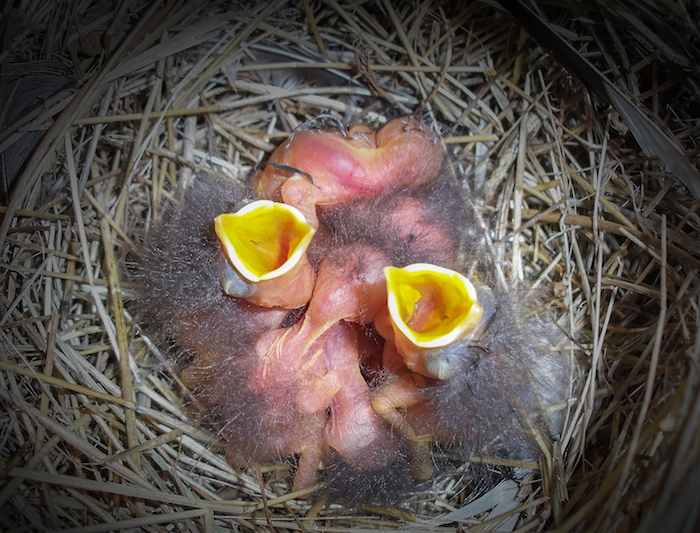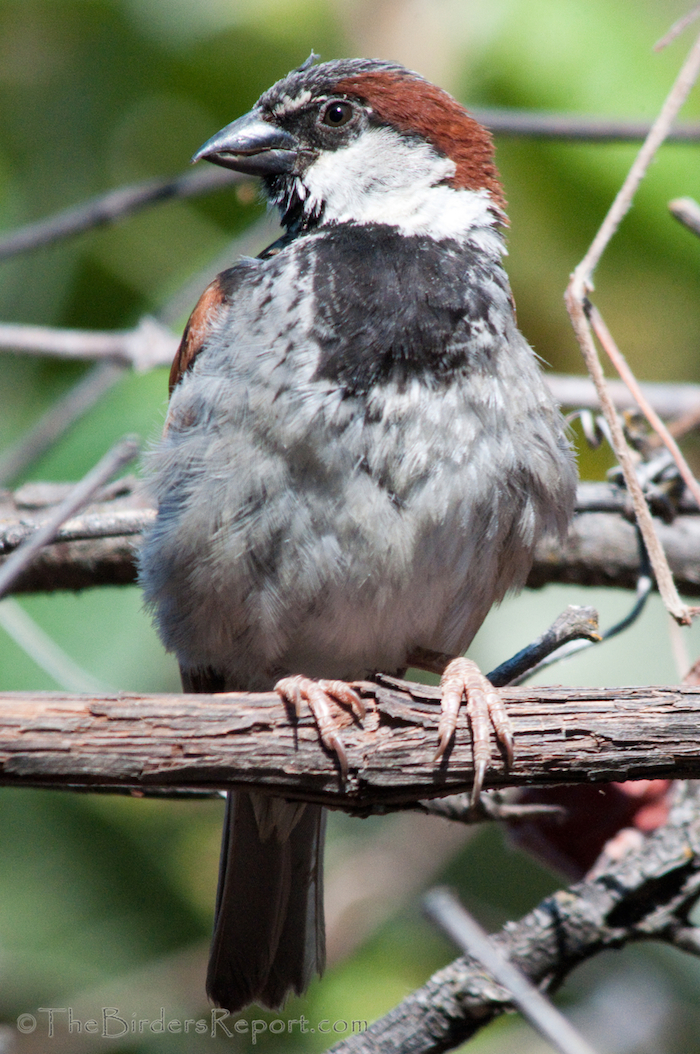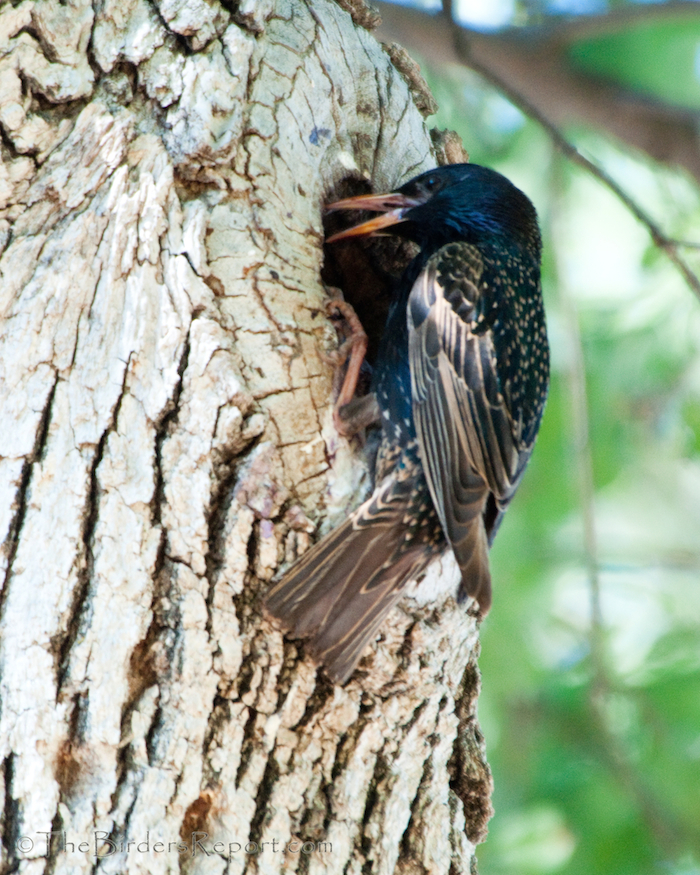Some eighty-five species of North American birds excavate nesting holes (primary cavity nesters), use cavities resulting from decay, or use holes created by other species (secondary cavity nesters) in dead or deteriorating trees. Over half of those species may be encountered here in Northern California.
These deteriorating trees, commonly called snags, have often been considered undesirable by forest and recreation managers because they are not esthetically pleasing, conflict with other forest management practices, may harbor forest insect pests, or may be fire or safety hazards. In the past such dead trees were often eliminated from the forest during a timber harvest. As a result, in some areas few nesting sites were left for cavity-nesting birds.
Many species of cavity-nesting birds have declined because of habitat reduction. In the eastern United States, where primeval forests are gone, Purple Martins depend almost entirely on man-made nesting structures. In the southeast the Red-cockaded Woodpecker is currently listed as near threatened (NT), primarily as a result of habitat destruction, and the Ivory-billed Woodpecker is listed as critically endangered (CR) and thought by many to be extinct. The wood duck was also very scarce in many portions of its range – at least in part for the same reason – and probably owes its present status to provision of nest boxes and protection from overhunting.
As early as the 1930’s people noticed that the Eastern Bluebird was fast disappearing from their fields, their backyards and their lives. Dwindling sightings of these most endearing of North American birds encouraged several bluebird enthusiasts to sound the alarm concerning their plight. In addition to nesting sites for bluebirds being lost to deforestation and snag removal, competition for the remaining sites was brought about by the increasing populations of two non-native species, the English (House) Sparrow
and the European Starling.
After decades of alerting people to the plummeting bluebird problem, Dr. Lawrence Zeleny, a retired agricultural biochemist living in Maryland, with the help of several supporters from National Audubon Society chapters and the Audubon Naturalist Society, founded the North American Bluebird Society (NABS) in 1978.
The North American Bluebird Society is a non-profit education, conservation and research organization that promotes the recovery of bluebirds and other native cavity-nesting bird species in North America. An affiliate of the NABS here in California is the California Bluebird Recovery Program (CBRP). Both of these groups promote placing and monitoring nest boxes (birdhouses) in optimal locations for cavity nesting birds. Because of these programs and hundreds of thousands of nest boxes put up across North America, cavity nesting birds are on the rebound!
If you have birdhouses in your yard and want to learn how to monitor them and add your nesting statistics to the CBRP database, or you are interested in information on how to build, place and monitor nest boxes, our Wintu Audubon webmaster, Larry Jordan can help. He is the Shasta County coordinator for the CBRP and you can contact him by email at webmaster@WintuAudubon.org
You can also find lots of information about birdhouses and attracting birds on our “Attracting Birds” page.




